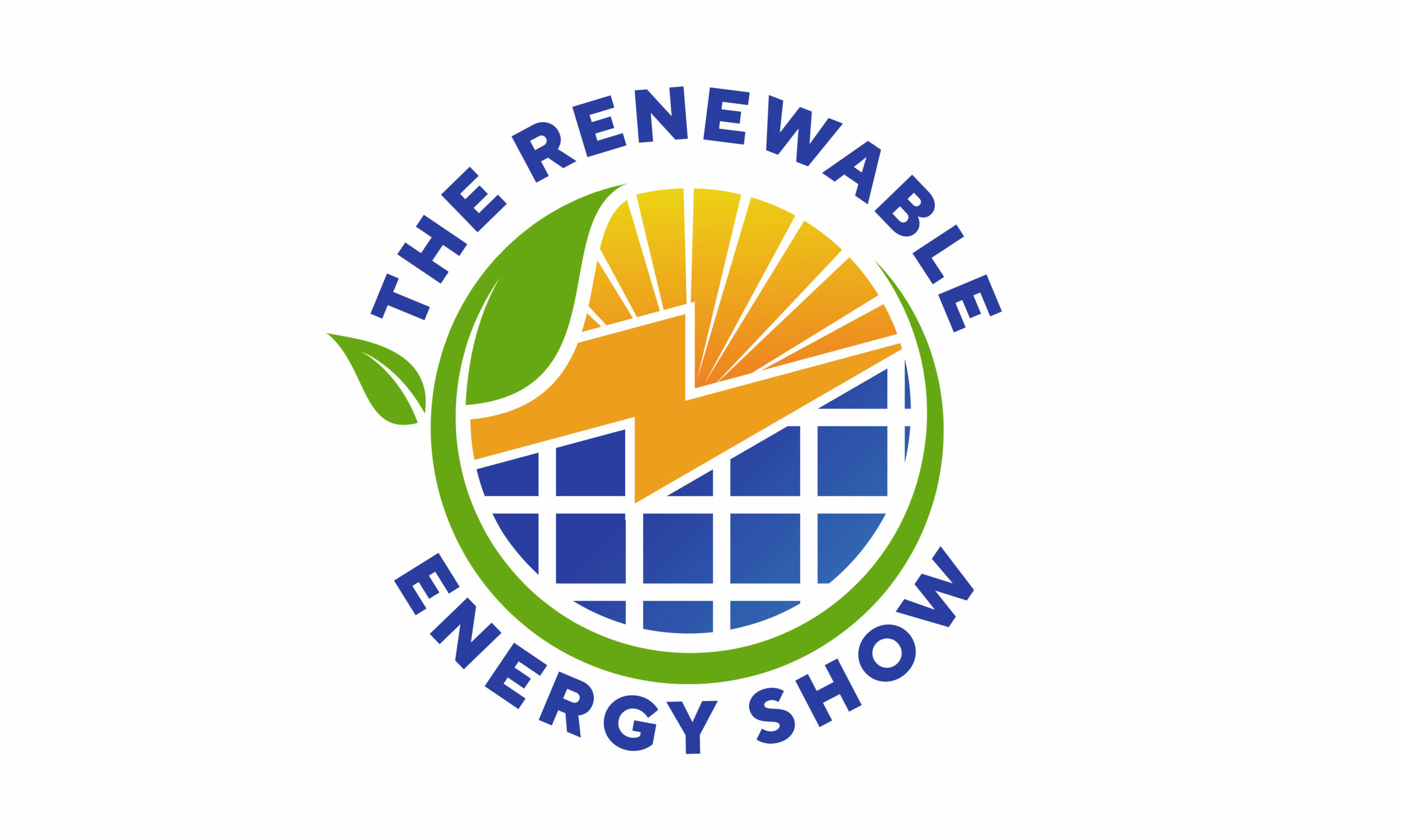Imagine a future where the sun is shining brightly on a clear day in late March, and the wind is blowing gently through the deserts of Arizona. The solar panels on the rooftops of homes and businesses are humming along, generating enough electricity to power the entire city. But just as the demand for electricity reaches its peak, a sudden storm rolls in, cutting off the sun’s rays and leaving the city in the dark. The wind turbines, normally turning steadily, come to a screeching halt. The city’s power grid is on the verge of collapse, and the lights are about to go out.
In this hypothetical scenario, the city’s energy grid is saved by a clever combination of renewable energy sources and innovative hydro storage solutions. A network of underground hydroelectric storage facilities, strategically located near the city’s power plant, springs into action. These facilities, known as pumped hydro storage (PHS) systems, use excess energy generated during the calm periods to pump water from a lower reservoir to an upper reservoir. When the power grid needs it, the water is released back down to the lower reservoir, generating electricity through the process.
This scene is not far-fetched. With the increasing adoption of renewable energy sources, such as solar and wind power, the need for reliable and efficient energy storage solutions has become more pressing than ever. Hydro storage solutions, particularly PHS systems, have emerged as a game-changer in this arena. These systems offer a unique combination of high energy storage capacity, low costs, and environmental benefits.
PHS systems work by using excess energy generated during periods of low demand to pump water from a lower reservoir to an upper reservoir. When the power grid needs it, the water is released back down to the lower reservoir, generating electricity through the process. This process, known as hydroelectric generation, is highly efficient and produces no greenhouse gas emissions.
One of the most significant advantages of hydro storage solutions is their ability to provide long-duration energy storage. While batteries can provide energy storage for a few hours, PHS systems can store energy for days or even weeks. This makes them an ideal solution for smoothing out the intermittency of renewable energy sources, such as solar and wind power, which can vary greatly depending on weather conditions.
In addition to their technical advantages, hydro storage solutions also offer significant environmental benefits. When compared to other energy storage technologies, such as batteries or compressed air energy storage, PHS systems have a much lower environmental impact. They require no exotic materials, generate no emissions, and can even help to mitigate the effects of climate change by providing a reliable source of clean energy.
As the world continues to transition towards a low-carbon economy, hydro storage solutions are likely to play an increasingly important role. With their unique combination of high energy storage capacity, low costs, and environmental benefits, they offer a compelling solution for smoothing out the intermittency of renewable energy sources and ensuring a reliable and efficient energy supply.
In the future, we can expect to see more innovative applications of hydro storage solutions, such as the integration of large-scale PHS systems with other energy storage technologies, like batteries or hydrogen fuel cells. We can also anticipate the development of new technologies that enhance the efficiency and effectiveness of PHS systems, such as advanced materials for turbine blades or more efficient pump designs.
As we power our way towards a more sustainable future, hydro storage solutions will be a crucial component of the energy mix. By harnessing the power of water, we can create a more reliable, efficient, and environmentally friendly energy system that benefits both our planet and our communities.
